Welche Kunststoffe können für Drahtisolierungen und Kabelummantelungen verwendet werden?
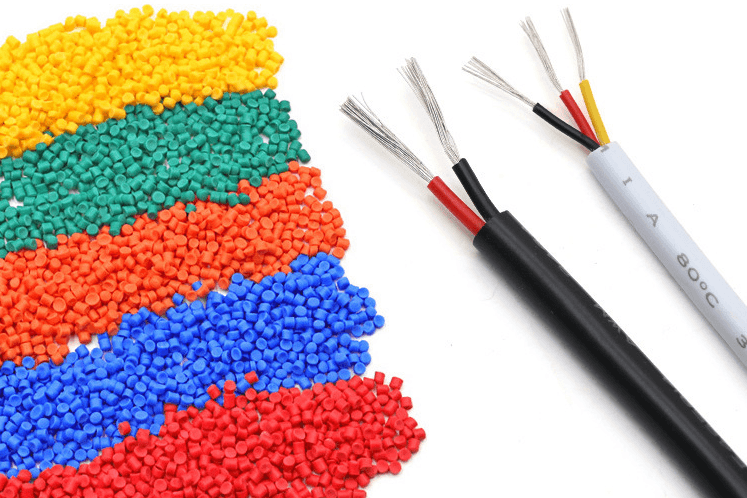
Welche Kunststoffe können für die Drahtisolierung und Kabelummantelung verwendet werden? Die Isolierung von Drähten und die Ummantelung von Kabeln sind für elektrische Anwendungen unerlässlich, d. h. die dafür verwendeten Materialien sind entscheidend für die Sicherheit, Leistung und Haltbarkeit von Kabeln. Welche Kunststoffe können also als Isolier- und Ummantelungsmaterialien für Drähte und Kabel verwendet werden? Definition der Drahtisolierung Um die Drahtisolierung sinnvoll nutzen zu können, müssen wir wissen, was sie ist. Eine Drahtisolierung ist eine Schicht aus nichtleitendem Material, die einen Leiter umgibt. Sie verhindert effektiv Leckagen und schützt den Leiter vor äußeren Umwelteinflüssen. Dadurch werden Unfälle wie Leckagen, Kurzschlüsse und Stromschläge vermieden, die durch den Kontakt zwischen dem Innenleiter und der Außenwelt verursacht werden. Definition der Kabelummantelung Eine Kabelummantelung ist eine Schutzschicht, die sich um mehrere isolierte Drähte oder Kabel wickelt. Sie werden verwendet, um interne Drähte vor äußeren Umwelteinflüssen wie physischen Schäden, Feuchtigkeit, Chemikalien und UV-Strahlung zu schützen. Die Drahtisolierung zielt in erster Linie auf einzelne Drähte ab, während die Kabelummantelung mehrere Drähte oder Kabel schützen kann Welche Materialien werden für die Drahtisolierung verwendet? Polyvinylchlorid (PVC) PVC hat hervorragende elektrische Eigenschaften, ist sehr flexibel und kann in feuchten Umgebungen verwendet werden, was es zu einem der am häufigsten verwendeten Materialien für die Kabelisolierung macht. Der Preis von PVC ist sehr vorteilhaft, was ebenfalls ein wichtiger Grund für seine weite Verbreitung ist. Vernetztes Polyethylen (XLPE) XLPE selbst ist kein Kunststoff, aber die PE-Kautschukmischung wird nach der Extrusion bestrahlt, um ihre chemischen Moleküle zu vernetzen, wodurch sie nach der Alterung temperaturbeständiger wird. XLPE hat eine extrem hohe Hitzebeständigkeit. Es kann höheren Temperaturen standhalten. Mit XLPE isolierte Kabel können lange Zeit in einer Umgebung von 90 °C arbeiten. Noch berühmter ist, dass es kurzzeitigen Kurzschlusstemperaturen standhalten kann...
Mehr lesen "Einadriges UL- und Europa-Elektronikkabel?
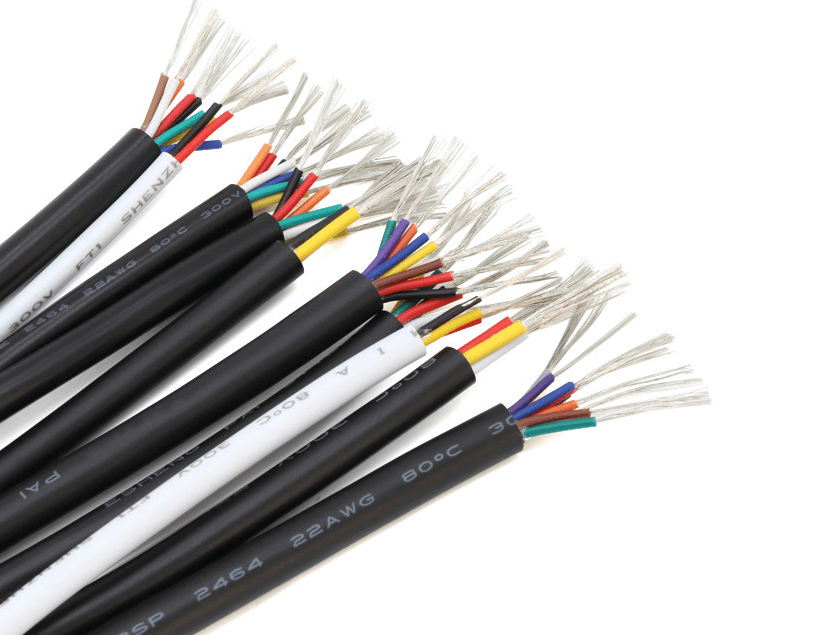
Was ist ein einadriger Draht? Den Begriff "einadriger Draht" hört man oft, aber was genau ist das? Lassen Sie uns dieses allgegenwärtige Bauteil, das in fast jedem Aspekt unseres Lebens vorkommt, von seiner Definition über seine Anwendungen bis hin zu seinen Vorteilen untersuchen. Ein einadriger Draht ist ein elektrischer Draht, der aus einem einzigen Leiter besteht, der von einer Isolierung umgeben ist. Der Leiter besteht in der Regel aus blankem Kupfer oder aus mit Zinn, Silber oder Nickel beschichtetem Kupfer. Die Isolierung besteht in der Regel aus PVC, es können aber auch andere Materialien verwendet werden. Die Leiterstruktur kann je nach Kundenwunsch aus Litzen oder Vollkupfer bestehen. Von einfachen Schaltkreisen bis hin zu komplexen Telekommunikationssystemen, von Hightech-Produkten bis hin zu einfachen elektronischen Geräten des täglichen Lebens sind einadrige Drähte unverzichtbar. Der Hauptunterschied zwischen einadrigen und mehradrigen Kabeln liegt in der Anzahl der verwendeten Leiter. UL-Norm einadrige Leitungen UL 1015 - einadrige PVC-isolierte Leitung Beschreibung: Drähte mit PVC-Isolierung sind für den Einsatz in trockenen Räumen geeignet. Anwendungen: UL1015 Anschlussdrähte eignen sich für den Einsatz in Steuerstromkreisen, Geräten und anderen elektrischen Anlagen. UL 1007 - Einzelne oder verseilte PVC-isolierte Leitung Beschreibung: Wie bei der 1015 wird auch bei der UL 1007 PVC als Isoliermaterial verwendet. Die 1007 ist jedoch für den Einsatz in Niederspannungsumgebungen konzipiert und ist flexibler. Anwendungen: Aufgrund ihrer Flexibilität wird sie häufig für die interne Verdrahtung von Geräten und elektronischen Anlagen verwendet. UL 1569 (Einzelleiter) Beschreibung: Wie der Name schon sagt, besteht ein Einzelleiter aus einem einzigen Leiter, der aus verzinntem oder blankem Kupfer von 30~10AWG besteht, oder aus einer Litze. Dieser Leiter ist flach und flexibel, mit weniger Einschränkungen bei der Nutzung des Platzes. Anwendungen: Häufig zu finden in elektronischen Geräten, Automobilanwendungen und anderen speziellen Anwendungen. Europäische Norm für einadrige Drähte 1....
Mehr lesen "Was ist ein FPC-FFC-Kabel?
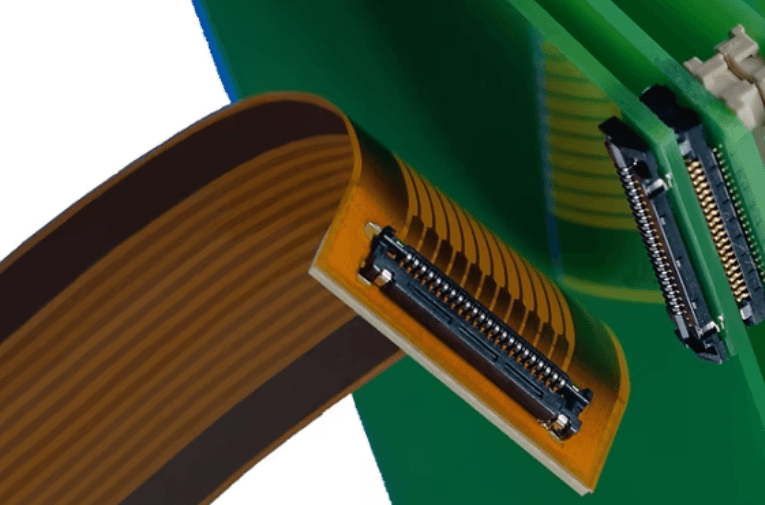
Einführung in FPC- und FFC-Kabel QL-Custom kann flexible gedruckte Schaltungen (FPC) herstellen, mit denen sich verschiedene elektronische Komponenten flexibel verbinden lassen. Aufgrund ihrer hohen Flexibilität können FPC-Kabel in Leiterplatten, Computern und anderen platzsparenden elektronischen Geräten eingesetzt werden. QL-Custom kann auch flexible Flachkabel (FFC) kundenspezifisch anpassen. FFC-Kabel haben eine ähnliche Anwendung wie FPC-Kabel, sind aber anders aufgebaut. Sie haben die Form eines flachen Bandes und eignen sich für organisierte Verdrahtungslösungen. FPC- und FFC-Kabel sind ein unverzichtbarer Bestandteil elektronischer Geräte und gewährleisten eine effektive Signalübertragung und Verbindung. Hauptunterschiede zwischen FPC- und FFC-Kabeln QL-Custom kann alle Kabel an Ihre speziellen Bedürfnisse anpassen, egal ob Sie FPC- oder FFC-Kabel benötigen. Wie bereits erwähnt, liegt der Hauptunterschied zwischen diesen beiden Kabeltypen in ihrem Aufbau. Die Leiter von FFC-Kabeln bestehen hauptsächlich aus Kupfer, das aufgrund seiner guten Leitfähigkeit und Flexibilität als Leiter für viele Kabelboxen und Kabel verwendet wird. Im Gegensatz dazu bestehen die Leiter von FPC-Kabeln aus dünneren Kupferfolien oder Metallblechen, so dass FPCs flexibel in komplexen Konstruktionen oder in kompakteren Räumen eingesetzt werden können. QL-Custom kann Ihnen Empfehlungen geben, wann und wo Sie FPC- und FFC-Kabel einsetzen sollten, je nach den tatsächlichen Anforderungen Ihres Projekts. Wenn Ihre Anwendung zum Beispiel eine hohe Flexibilität und ein kompaktes Design erfordert, sind FPC-Kabel die bessere Wahl. Wenn Sie jedoch nur eine einfache Verbindung benötigen, sind FFC-Kabel ausreichend. Ein gutes Verständnis der Unterschiede zwischen diesen Kabeln erleichtert Ihnen die Wahl des richtigen Kabels für Ihr Elektronikprojekt.
Mehr lesen "Was ist ein Flachbandkabel?
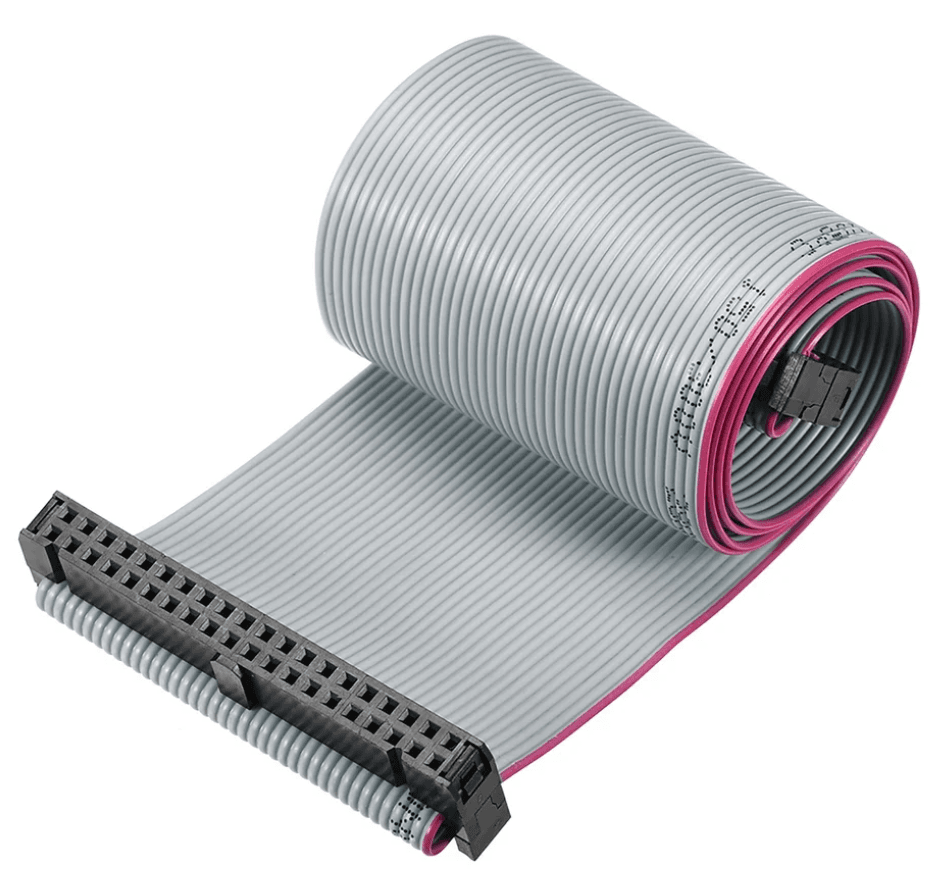
Einführung in das Flachbandkabel Flachbandkabel werden in der Regel durch mehrere elektronische Drähte parallel verbunden. Diese Struktur kann das Kabelbaumdesign der gesamten Schaltung vereinfachen und die Raumnutzung verbessern. Flachbandkabel werden im Allgemeinen in Computern, Druckern und anderen Geräten verwendet, die eine kompakte und flexible Verkabelung erfordern. Daher ist das Flachbandkabel auch einer der häufigsten Typen in den kundenspezifischen Kabelbaumlösungen von QL-Custom. Arten von Flachbandkabeln Es gibt verschiedene Arten von Flachbandkabeln, die sich für unterschiedliche Szenarien eignen. Einer der häufigsten Typen in den kundenspezifischen Gehäusen von QL-Custom ist das IDC-Flachkabel (Insulation Displacement Connector). Sein größtes Merkmal ist, dass der Stecker schnell und einfach konfektioniert werden kann, ohne die Isolierung der einzelnen Adern abisolieren zu müssen, was ihn in der Produktion sehr zeitsparend und effizient macht. Eine weitere gängige Form des Flachbandkabels ist das mehradrige Kabelflachkabel. Im Vergleich zur einadrigen Verkabelung kann diese Art von Kabelbaum mehr Signale in der gleichen Zeit übertragen und eignet sich für komplexere Datenkommunikations- und Steuerungssysteme. Wie gewöhnliche Drähte werden auch Flachbandkabel in zwei Typen unterteilt: geschirmte und ungeschirmte. Im Vergleich zu ungeschirmten Kabeln besteht die Hauptfunktion von geschirmten Kabeln darin, elektromagnetische Störungen zu verhindern, was für elektronische Geräte und Szenarien mit hohen Anforderungen an die Störsicherheit von Signalen geeignet ist. Außerdem sind Flachbandkabel in der Regel farblich gekennzeichnet. In komplexen Szenarien helfen unterschiedliche Farben den Menschen, die Drähte schnell zu identifizieren und zu unterscheiden, wodurch die Möglichkeit von Fehlern bei der Installation und Wartung verringert wird. Was QL-Custom für Sie tun kann QL-Custom kann verschiedene Flachbandkabellösungen wie IDC, mehradrige Kabel, geschirmte oder ungeschirmte Kabel und farblich markierte Kabel an Ihre speziellen Bedürfnisse anpassen. Unabhängig davon, ob Sie jetzt oder in Zukunft eine Anpassung benötigen, wird Ihnen das Verständnis der oben genannten Kabelinformationen bei der Auswahl des richtigen Kabels helfen.
Mehr lesen "Einadriges vs. mehradriges Kabel
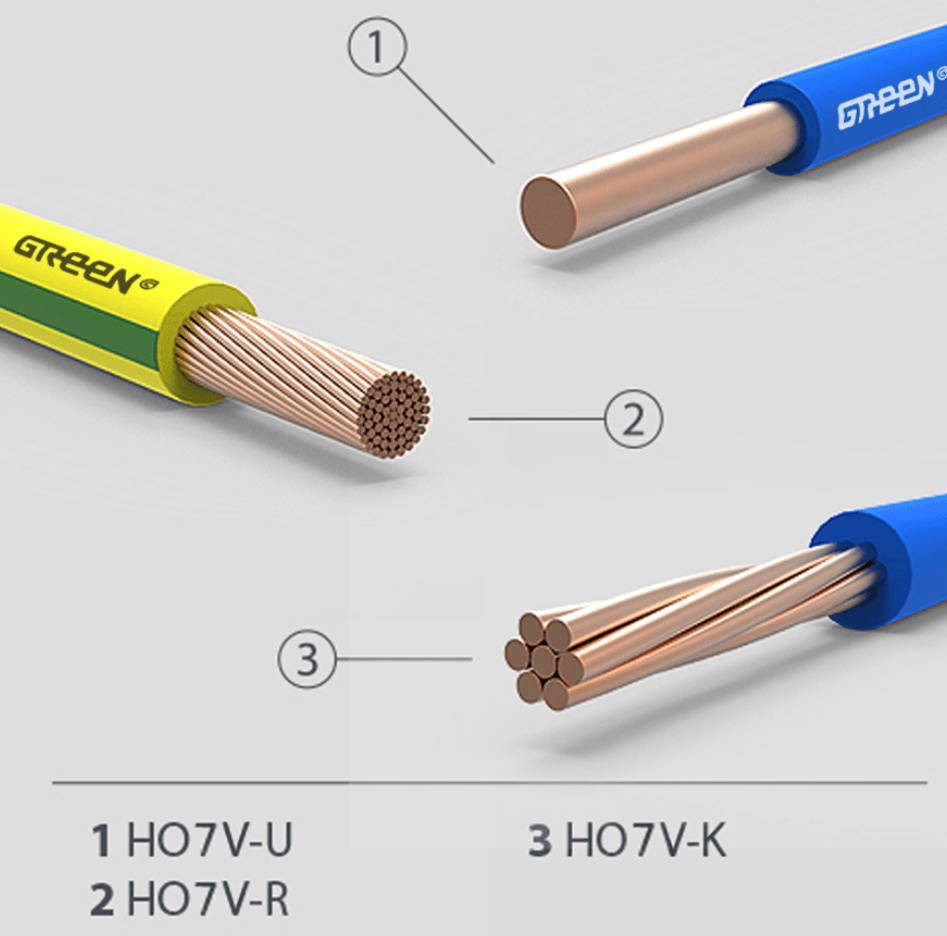
Wissensbasis Einzelader vs. mehradriges Kabel Was ist ein Einzeladerkabel? Was ist ein mehradriges Kabel? Und was sind die Hauptunterschiede zwischen ihnen? Für Freunde, die Kabelbäume in ihren Geräten verwenden müssen, ist es sehr notwendig und wichtig, diese Fragen zu klären. In diesem Artikel geht QL-Custom auf die Eigenschaften und Vorteile von Einzeladern und mehradrigen Kabeln ein und erläutert, wie sich die einzelnen Typen auf die Leistung und die verschiedenen Anwendungsszenarien auswirken. Verständnis von Einzeladern Was ist eine Einzelader? Der Begriff "Einzeldraht" bezieht sich im Allgemeinen auf einen Draht mit einem Isoliermantel, der um den Leiter gewickelt ist. Das Leitermaterial besteht in der Regel aus blankem Kupfer oder einer Kupferlegierung. Die Leiterstruktur kann aus einem einzelnen massiven Kupferdraht oder aus mehreren miteinander verdrillten Kupferdrähten bestehen. Zu den üblichen Isolierschichtmaterialien gehören PVC, PE, TPEE, Silikon, Teflon usw. Arten von Einzeldrähten Aufgrund der oben genannten unterschiedlichen Strukturen der Kombination von Leiter und Isolierschicht kann es viele Arten von Einzeldrähten geben. Beispiele sind folgende: Blanke Einzelader: Drähte, die nur aus Leitern bestehen. Er hat eine gute Leitfähigkeit, aber da es keine Isolierschicht gibt, müssen blanke Drähte bei Transport und Lagerung besonders geschützt werden. Isolierter Einzeldraht: Er besteht aus einer Isolierschicht, die um einen Leiter gewickelt ist. Die Hauptfunktion der Isolierschicht ist der Schutz des Leiters im Inneren des Drahtes. Zu den gängigen Isoliermaterialien gehören PVC, PE, Silikon, TPEE, PP und PFA, FEP, PTFE, die für unterschiedliche Nenntemperaturen und Spannungen geeignet sind. Abgeschirmte Einzelader: Bei diesem Kabeltyp befindet sich zwischen der Isolierschicht und dem Leiter eine Abschirmungsschicht. Dieser Typ wird häufig im Bereich der neuen Energien verwendet, wie z. B. XL-PE doppelt isolierte abgeschirmte Kabel. Dieser Typ hat eine höhere Sicherheit und Daten...
Mehr lesen "Welche Kabel- und Leitungsmarken sind beliebt?
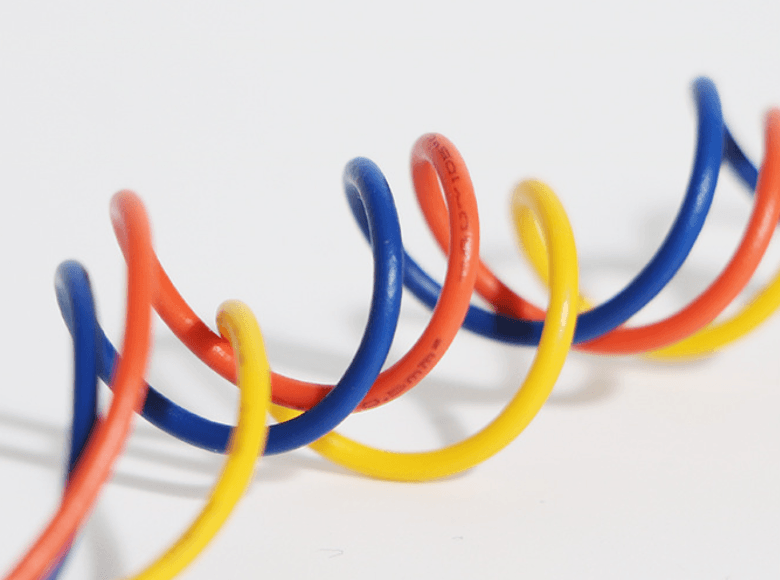
Welche Kabel- und Drahtmarken sind beliebt? Bei der Auswahl von Kabeln und Leitungen für verschiedene Anwendungen ist die Marke eine wichtige Referenz in Bezug auf Qualität und Leistung. In diesem Artikel möchten wir Ihnen verschiedene Marken vorstellen, die in Europa und Nordamerika für ihre Zuverlässigkeit und Innovation bekannt sind. Beliebte Kabelmarken in Europa Haben Sie schon einmal von einer berühmten europäischen Kabelmarke gehört oder kennen Sie eine? Lassen Sie uns gemeinsam die folgenden Unternehmen kennenlernen, die für ihre hochwertigen Produkte und ihr breites Spektrum an Kabellösungen bekannt sind. Nexans Nexans ist eine weltweit führende Marke im Bereich der Elektrifizierung mit einer über 120-jährigen Geschichte und bietet eine breite Palette von Produkten für verschiedene Branchen wie Energie, Telekommunikation und Bauwesen. Ihr Engagement für Nachhaltigkeit und Innovation macht diese französische Marke zur ersten Wahl für viele Unternehmen. Leoni AG Die Leoni AG hat ihren Hauptsitz in Deutschland und ist auf die Herstellung von Drähten und Kabeln spezialisiert. Sie ist bekannt für ihre Hochleistungskabel, insbesondere im Automobil- und Industriesektor, die den strengen Anforderungen moderner Anwendungen gerecht werden. Eele-Fonika Tele-Fonika ist eine polnische Marke, die eine breite Palette von Produkten anbietet, darunter Energiekabel, Telekommunikationskabel und Spezialkabel. Ihre hohe Qualität und Zuverlässigkeit machen sie zu einer vertrauenswürdigen Marke in der Branche. Lapp Lapp wurde in Deutschland von Oskar LAPP gegründet. Es handelt sich um eine multinationale Gruppe mit 40 Niederlassungen in der ganzen Welt, die Lösungen für die Automatisierung, Robotik und andere anspruchsvolle Bereiche anbietet. Werfen wir einen Blick auf einige bekannte Marken in Nordamerika. Beliebte Kabelmarken in Nordamerika Alpha Alpha hat seinen Hauptsitz in Amerika und ist bekannt für seine hochwertigen Draht- und Kabelprodukte, insbesondere in der Luftfahrt- und Automobilindustrie. Das Unternehmen genießt einen hohen Bekanntheitsgrad und ist bei Kunden in der ganzen Welt sehr beliebt. Belden Belden...
Mehr lesen "